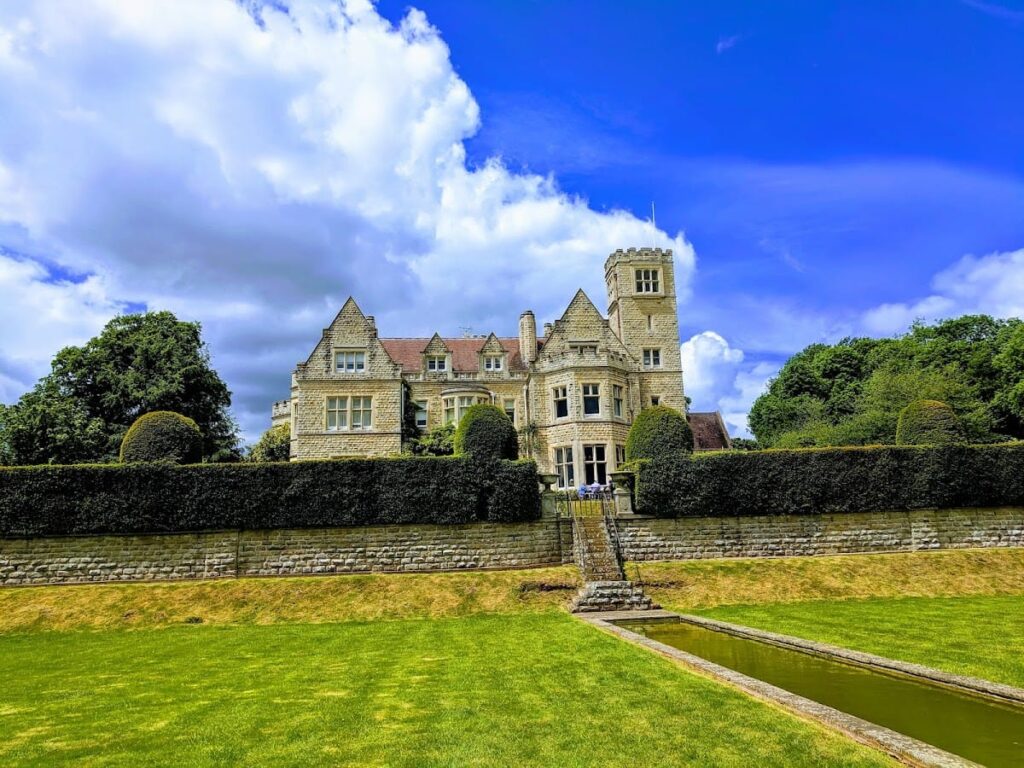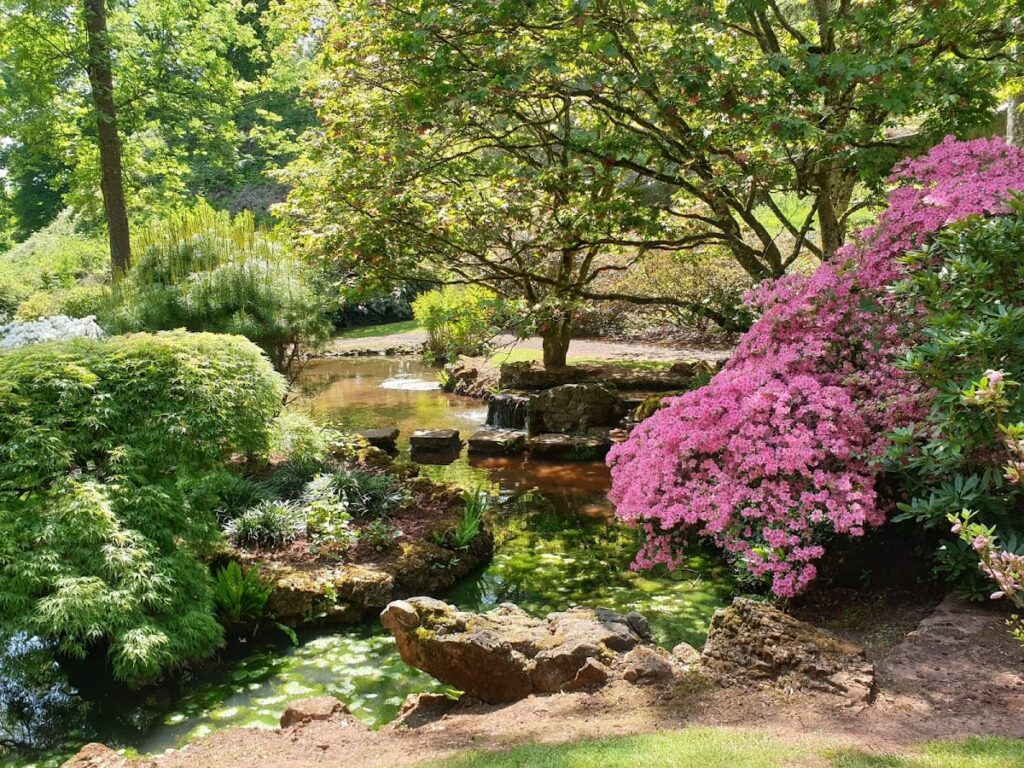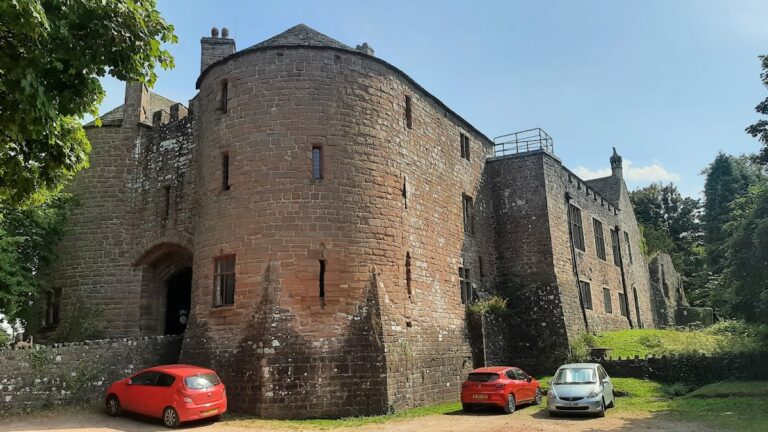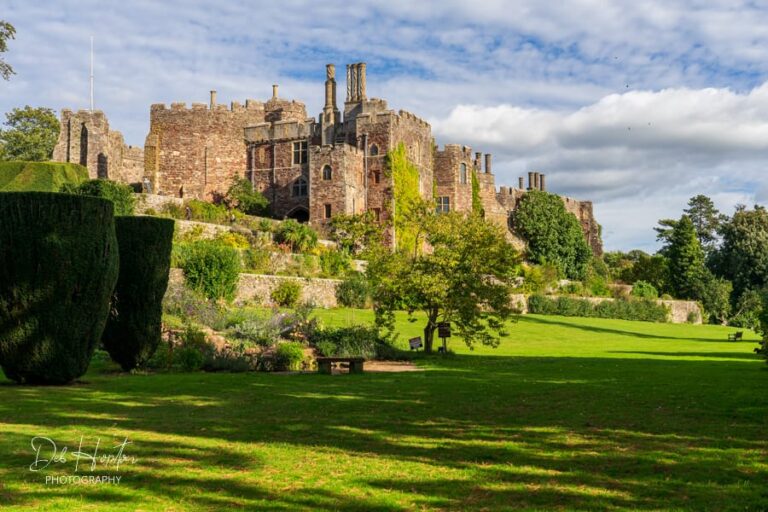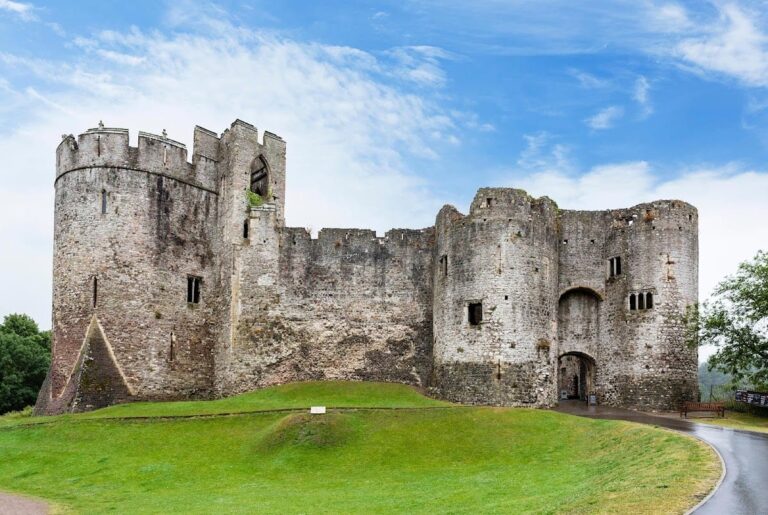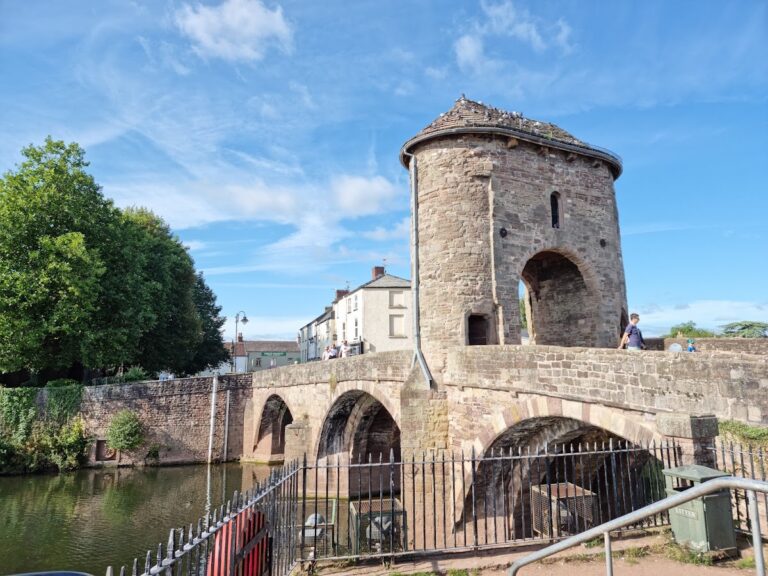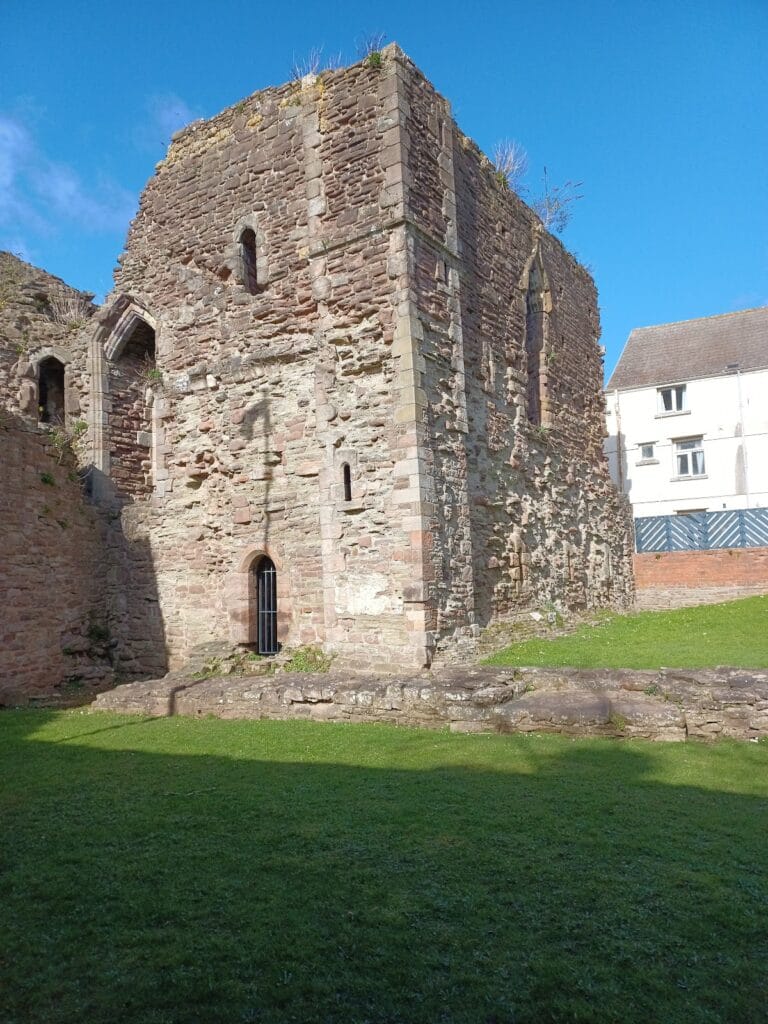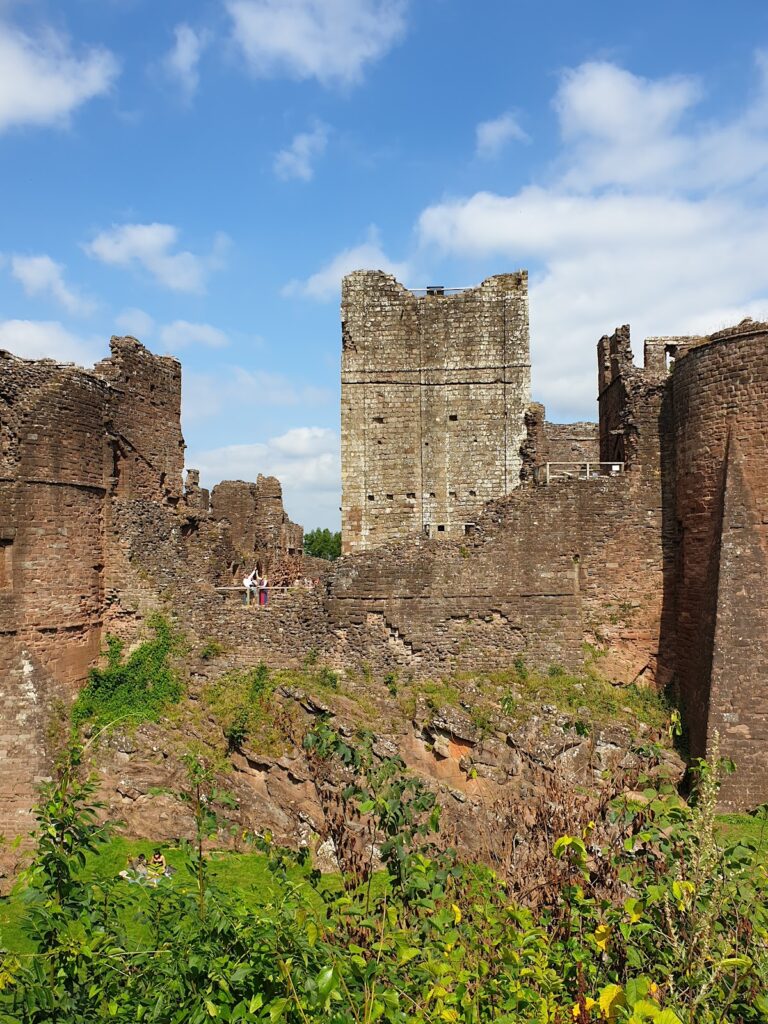Lydney Park: A Romano-Celtic Temple and Historic Estate in Gloucestershire
Visitor Information
Google Rating: 4.8
Popularity: Very Low
Google Maps: View on Google Maps
Official Website: www.lydneyparkestate.co.uk
Country: United Kingdom
Civilization: Roman
Remains: Sanitation
History
Lydney Park is located in Oldpark, Lydney, Gloucestershire, England. The site’s earliest known use dates back to the Iron Age, when it served as a promontory fort called Lydney Camp. This fort covered approximately 4.5 acres and was strategically positioned on a raised area. During the 3rd century AD, the site was exploited for iron ore through open-cast mining, but the fort was eventually abandoned.
In the late 4th century AD, the Romans constructed a temple complex on the site of the former fort. This temple was dedicated to Nodens, a Celtic deity associated with healing and linked to later mythological figures such as Nuada and Lludd. The local place name, Lydney, preserves the ancient name Lludd. The temple functioned as a healing shrine, attracting visitors seeking cures, as suggested by the discovery of small model dogs, animals believed to lick wounds and aid healing.
Archaeological interest in the site grew in the 20th century. Excavations led by Tessa and Mortimer Wheeler took place in 1928–29, uncovering important artifacts and structural remains. Further digs occurred in 1980–81, revealing additional details about the temple and its surroundings. Among the finds was a hoard of imitation Roman coins, initially thought to date from the 5th century but now recognized as 4th century.
Remains
The archaeological remains at Lydney Park include a Romano-Celtic temple complex with a distinctive rectangular layout, differing from the more common square plans of similar shrines. The temple’s main sanctuary, or cella, originally contained three separate rooms divided by stone walls, rather than the usual open-ended design. Early cella walls featured arched colonnades, but these collapsed due to a geological fault. The temple was subsequently rebuilt with solid walls to replace the arches.
Inside the temple, a mosaic decorated with fish motifs was discovered. This mosaic bears an inscription mentioning “Victorinus the Interpreter,” who is believed to have been a dream interpreter connected to the healing functions of the shrine. The temple complex also included a large courtyard guest house, a long dormitory building, and an elaborate bath suite known as thermae. These facilities suggest the site accommodated visitors who came for healing rituals and bathing.
The surrounding area contains evidence of earlier Roman iron mining, including open-cast mines and tunnels called scowles. These features reflect the site’s industrial use before the temple was built. The remains of the temple and associated buildings survive in varying conditions, with some parts restored or preserved.
Overall, the site presents a unique combination of religious, industrial, and domestic structures, illustrating its long history from Iron Age fortification to Roman healing sanctuary and later country estate.

